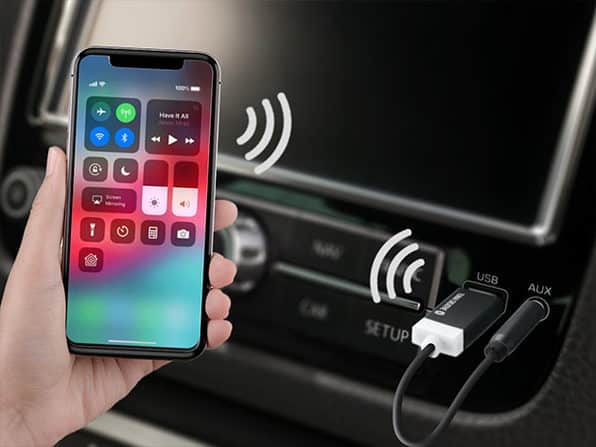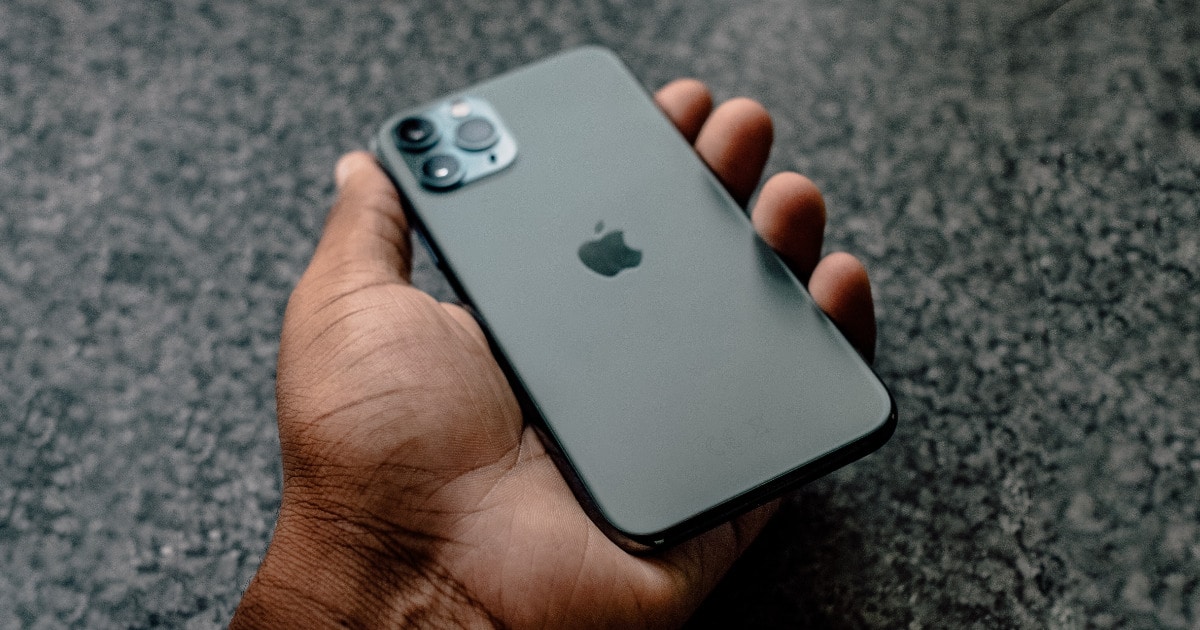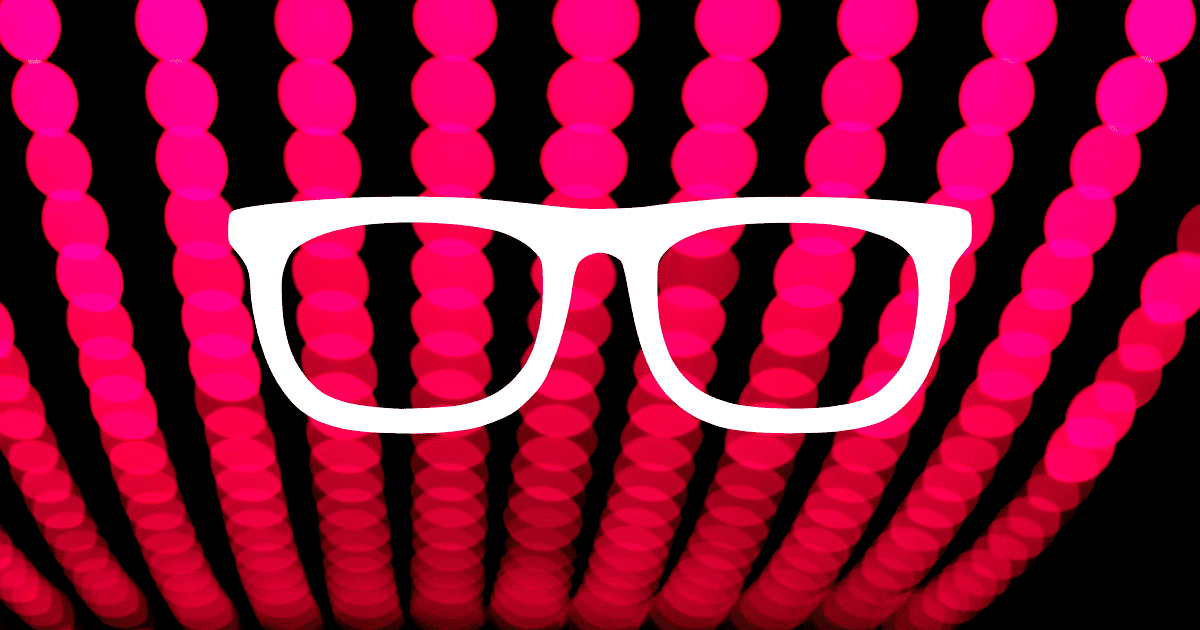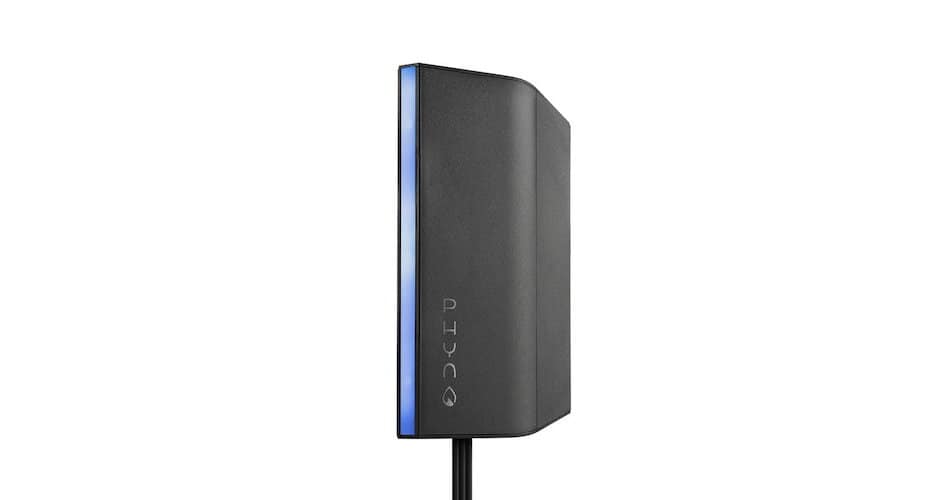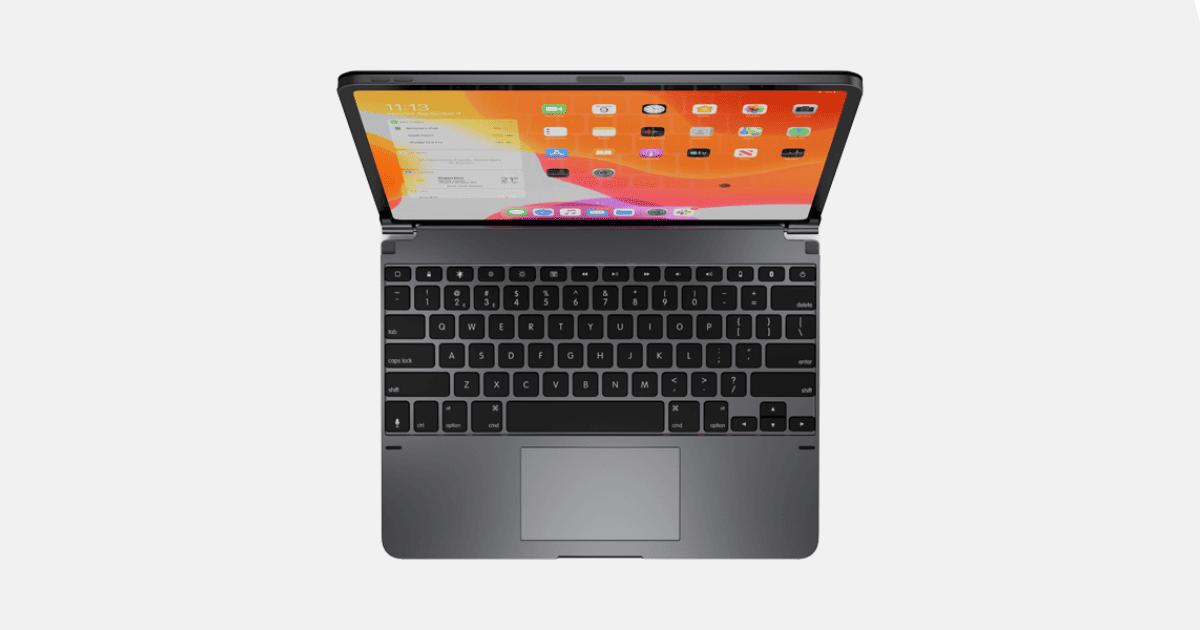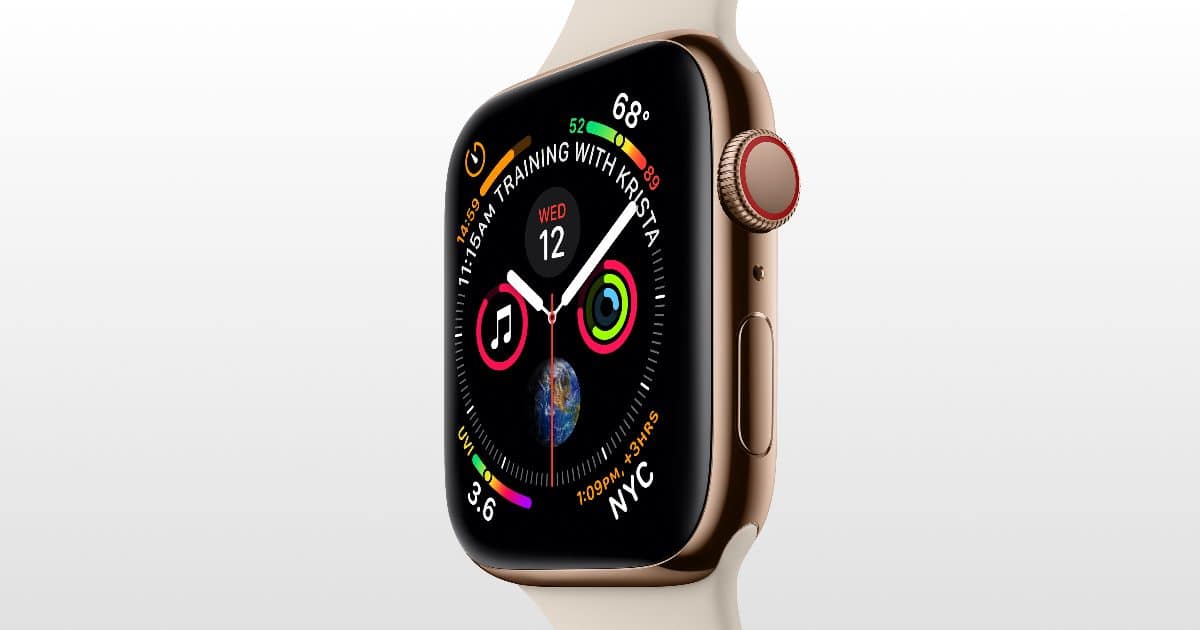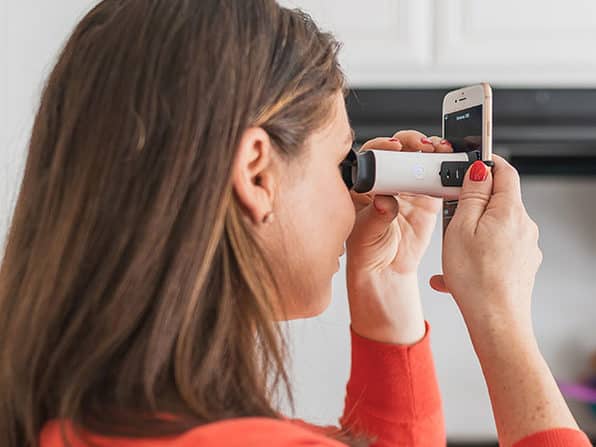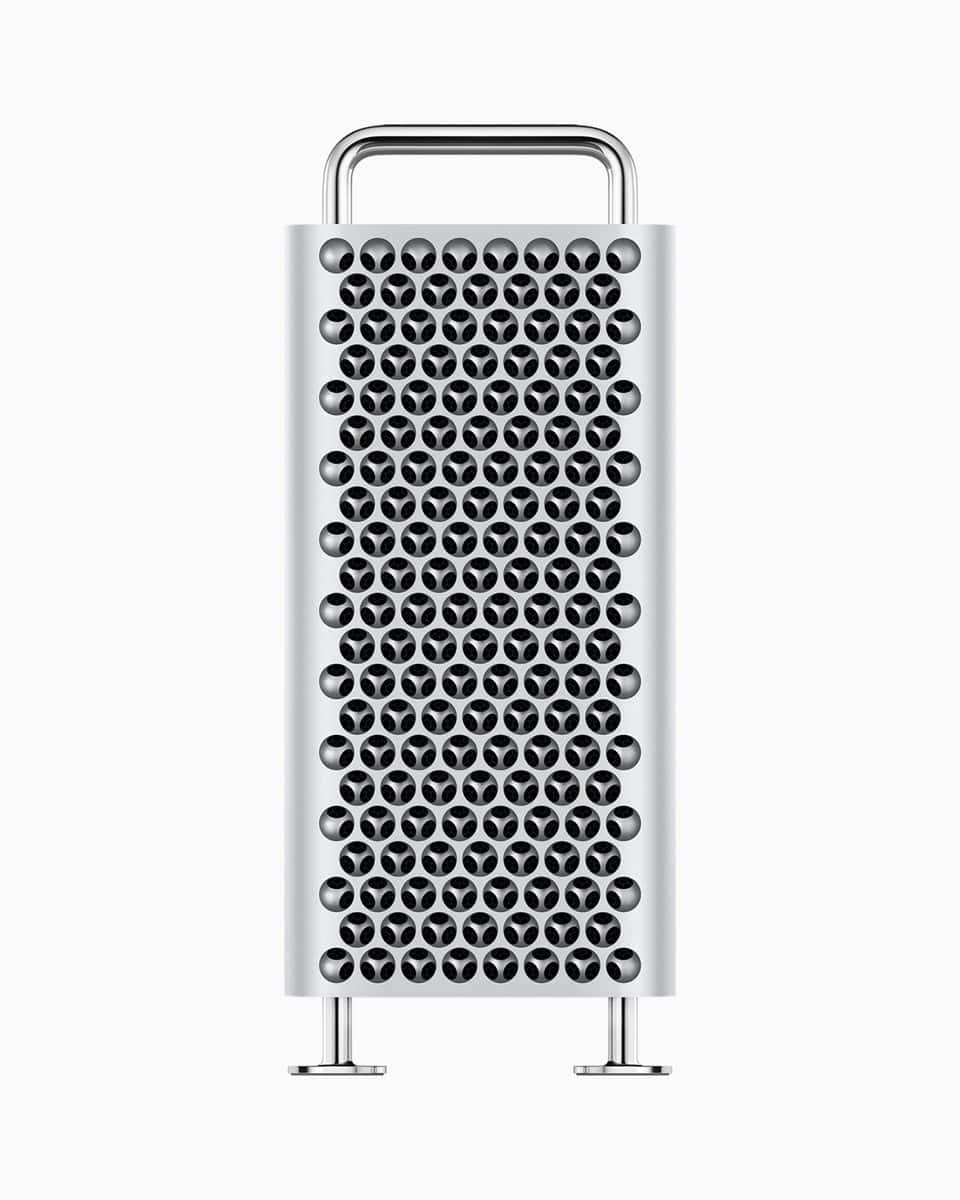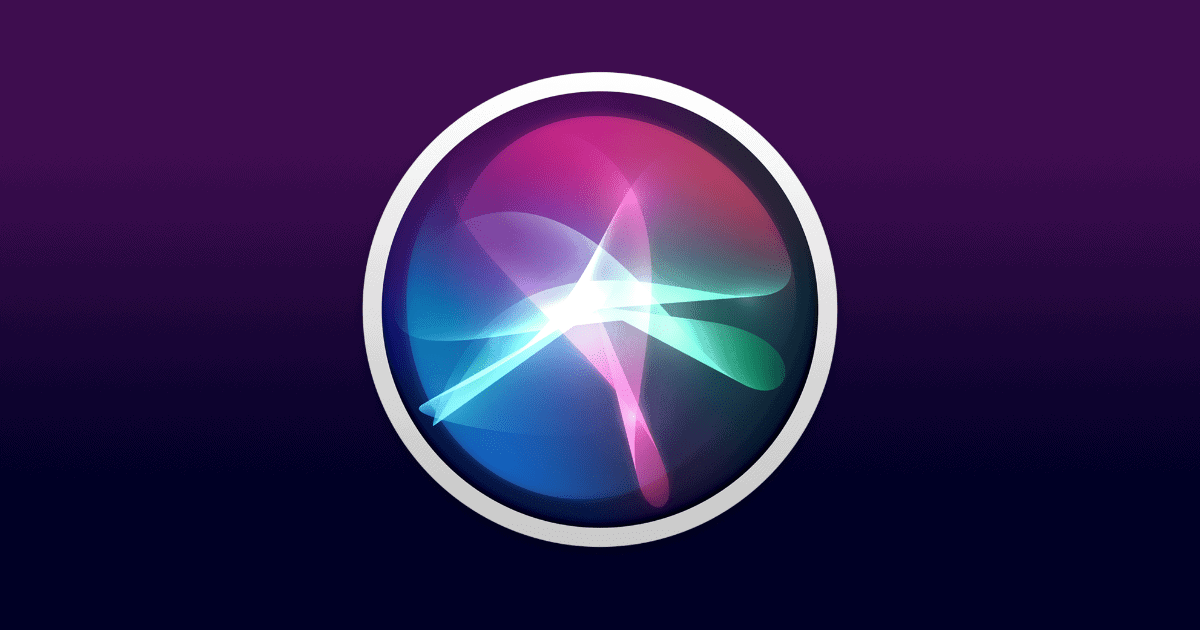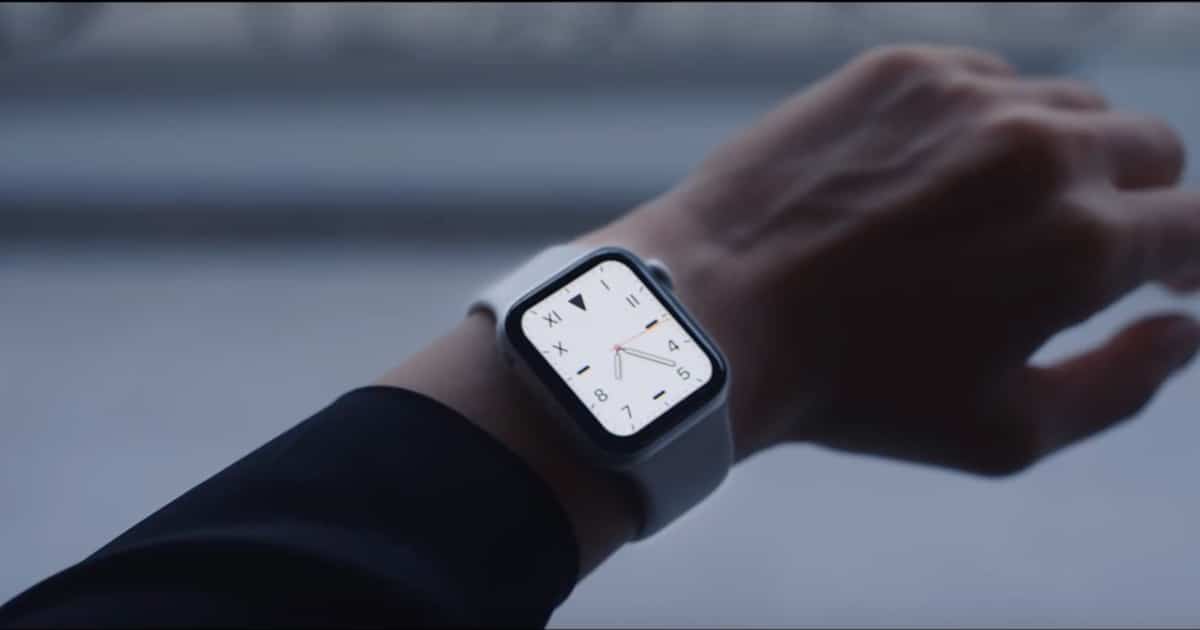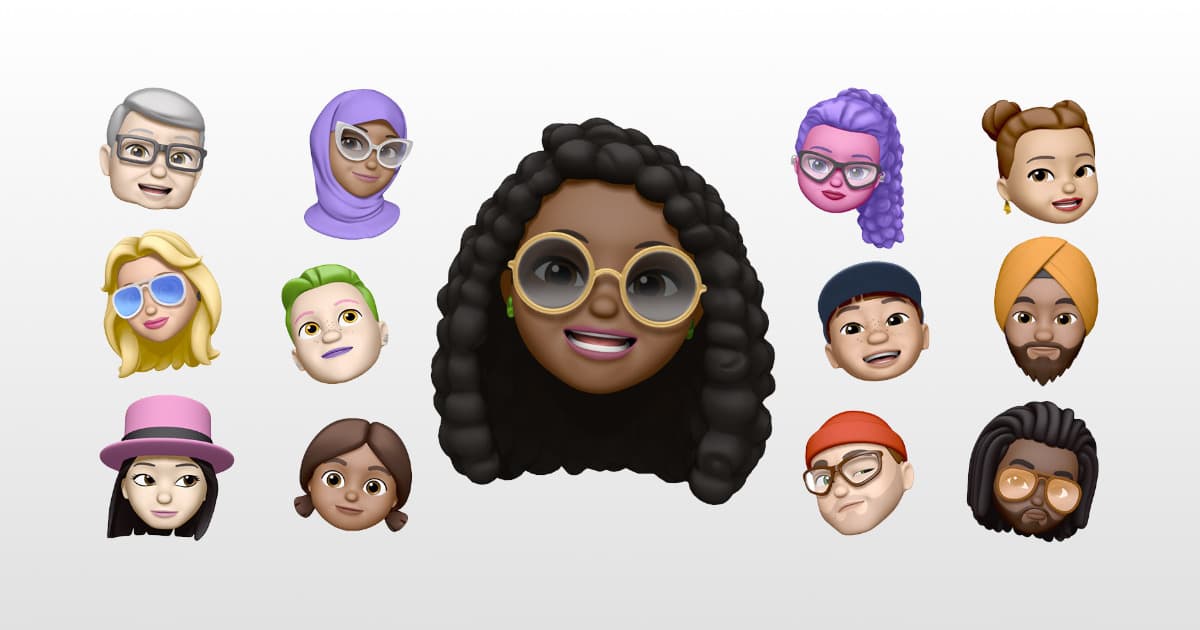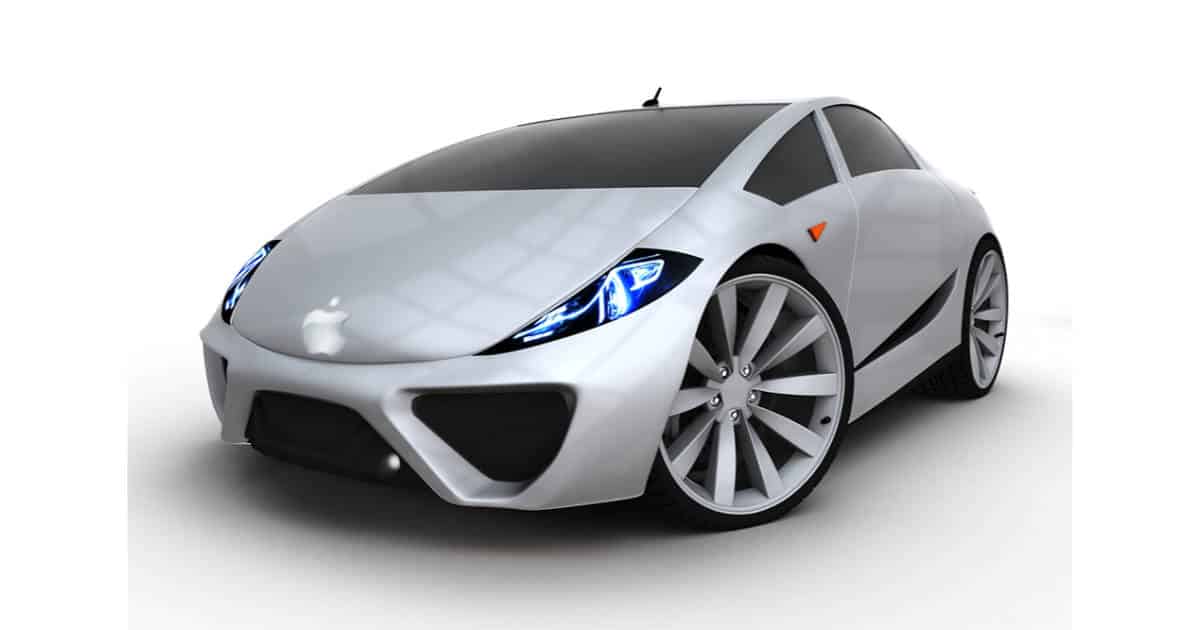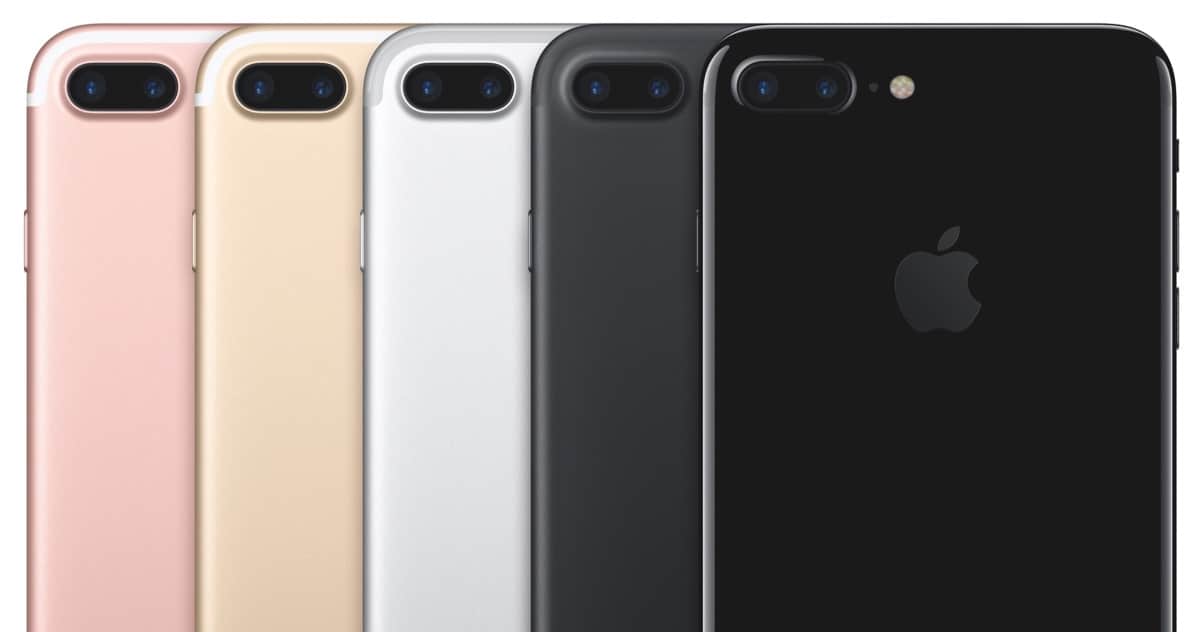We have a deal on the TUNAL Firefly Bluetooth Receiver, a device that lets you stream crisp, high-quality music from your smartphone or tablet with patented technology that supports multiple codecs, including AAC. IT has a USB port for power and a 3.5mm AUX for plugging into your car’s audio input. It’s $29.99 through our deal.
Search: patent
4 Cloud Services to Torrent Files on iPad
Andrew found four cloud services that let you torrent files on iPad. All of them have free accounts and with two you don’t need an account.
Apple Card iPhone Financing is Available, But You’ll Still Need a Carrier Account
Apple Card iPhone financing is here for unlocked iPhones but the fine print says you’ll still need an account with one of the major carriers.
Apple Working on Eye Detection System to Stop Screen Burn-In
An Apple patent published by the U.S. Patent and Trademark Office refers to a feature to avoid display burn-in. It is primarily for use in AR or mixed reality headsets, Patently Apple reported.
Apple’s patent application relates to an eye monitoring system built into the frame support system of a headset designed to detect eye saccades and eye blinks and then make needed adjustments to the eye displays in realtime without the user even knowing this is occurring in the background. Saccades are fast, jerky and mostly ballistic eye rotations. Humans make several saccadic eye movements per second to utilize this highest-resolution part of the retina to look at the object of interest.
Microsoft’s Project Artemis Tool Will Help Find Online Predators
Microsoft has created an automated tool codenamed Project Artemis that can help detect patterns of communication used by predators to target kids.
Building off the Microsoft patent, the technique is applied to historical text-based chat conversations. It evaluates and “rates” conversation characteristics and assigns an overall probability rating. This rating can then be used as a determiner, set by individual companies implementing the technique, as to when a flagged conversation should be sent to human moderators for review. Human moderators would then be capable of identifying imminent threats for referral to law enforcement…
Microsoft was the company that also helped developed PhotoDNA, an automated tool to detect child abuse images. Now it’s moving to text.
Lumicharge Updates Their Multifunction Device Lineup with LumiCharge LD
LAS VEGAS, NV — LumiCharge is showing a new version of their multifunction device, the Lumicharge LD, at CES 2020.
CES - Phyn Expands Product Line with Smart Water Assistant
LAS VEGAS, NV — Phyn is showing off their latest leak detecting and water saving solution, the Phyn Smart Water Assistant, at CES Unveiled 2000.
Brydge Announces iPad Pro Keyboard With Trackpad
Brydge announced the Pro+ keyboard today for the iPad Pro. It’s different than previous products because this one has a trackpad built in.
Dr. Joseph Wiesel Sues Apple Over Heartbeat-Monitoring
Cardiologist Joseph Wiesel from New York University is suing Apple, claiming the company used his patented heartbeat-monitoring technology.
Xperi And TiVo to Combine in $3 Billion Deal
Xperi and TiVo have announced that they are to combine in a deal that is said to be worth around $3 billion.
Former Apple Store Employee Robert Shaw Sues Company Over Disability Accommodations
Former Apple store employee Robert Shaw is suing Apple over his claim that the company fired him because of his disability.
Monitor Your Eyesight Right at Home with This Automated Vision Tracking Device: $50.99
We have a deal on EyeQue VisionCheck, an MIT patented refractometer that allows you to test your eyes at home, get EyeGlass Numbers, and use them to order eyeglasses online. It works with an app on your iPhone or Android device. EyeQue VisionCheck is $59.99 through our deal, but coupon code MERRYSAVE15 brings the checkout price down to $50.99.
How Thermodynamics Help Keep the Mac Pro Cool
The new Mac Pro is a bit of a beast. Computers like that obviously generate a lot of heat. Popular Mechanics spoke to the Apple engineers tasked with keeping such a powerful device cool.
Most high-grade PCs and displays cool things off with big fans or pump-driven water systems. But if you’ve used a Mac in the past decade, near-silent operation is a non-negotiable requirement for Apple laptops. That means Apple engineers have to find creative ways to exploit the laws of thermodynamics. Among those engineers is Chris Ligtenberg, Senior Director of Product Design. His name is on dozens of the company’s patents, but he’s especially interested in how air moves. (He’s also a pilot. “I fly a Beechcraft Turbo Bonanza, B36TC,” he says. Before that, he had a Piper straight-tail Lance, PA32R-300). Ligtenberg’s group built the Pro’s fan system—three axial fans in the front, with a blower in the back. Since most off-the-shelf fans would be too loud, Apple designs them internally.
Federal Judge Dismisses Lawsuit Accusing Apple of Selling User Data
A federal judge has dismissed a lawsuit against Apple accusing the company of using selling user data from the iTunes Store.
Siri Might be Able to Interpret Your Emotions in The Future
Siri may soon be able to interpret your emotions using facial recognition. That’s according to a new patent, reported on by AppleInsider.
Intelligent software agents can perform actions on behalf of a user,” says Apple in US Patent Number 20190348037. “Actions can be performed in response to a natural-language user input, such as a sentence spoken by the user. In some circumstances, an action taken by an intelligent software agent may not match the action that the user intended.” “As an example,” it continues, “the face image in the video input… may be analysed to determine whether particular muscles or muscle groups are activated by identifying shapes or motions.” Part of the system entails using facial recognition to identify the user and so provide customized actions such as retrieving that person’s email or playing their personal music playlists.
Next Apple Watch May Have Touch ID in The Display
The next generation of Apple Watch might have antennas in the band and Touch ID in the display. That’s according to a new patent uncovered by Patently Apple. The U.S. Patent and Trademark Office granted the Patent on Thursday.
Today the US Patent & Trademark Office published yet another patent application from Apple that covers moving the internal watch antennas to a future Apple Watch band – and possibly adding Touch ID to the display. Apple’s invention generally relates to antenna assemblies for watch bands, and, more particularly, to stretchable antenna elements embedded into watch bands. The watch band provides wireless communication via an antenna embedded within the watch band in a manner that protects the structural integrity and operation of the antenna. The watch bands described provides antenna assemblies that adaptably stretch, bend, and flex with the bodies of the watch bands. The embedded antenna assemblies avoid damage from applied forces while also maintaining the compliance and comfort of the watch band while worn by a user.
Amazon Fire TV Stick now Offers Apple TV App
Amazon announced today that the Fire TV Stick (2nd gen) and Fire TV Stick 4K now both offer the Apple TV app.
Future Apple Watch Band May Allow Replaceable Power Source or Additional Sensors
In the future, the Apple Watch might have electrical and data contacts. This would allow it to do things like have a replaceable power source or additional sensors not in the watch itself. That’s according to a new patent, discovered by AppleInsider.
In a patent granted to Apple by the US Patent and Trademark Office on Tuesday for “Accessory Contacts,” the company suggests a solution could be found in the form of contacts embedded within the connector used to affix bands to the Apple Watch. According to the filing, the system would be somewhat reminiscent of the existing method of connectivity for Apple Watch bands, with a section that slides in from a side and is held in place using spring-loaded pins that pop into recesses within the Apple Watch body. A button can be pressed to pull the pin sections back, allowing the band connector to slide out.
U.S. Supreme Court Sides With Apple Over University of Wisconsin
For several years Apple has been in a patent fight with the University of Wisconsin. But recently the U.S. Supreme Court refused to hear a bid by the university to reinstate its legal victory over Apple.
The licensing body, the Wisconsin Alumni Research Foundation (WARF), filed suit in 2014, alleging infringement of a 1998 patent on a “predictor circuit” to help speed the way processors carry out computer program instructions. The patent was developed by computer science professor Gurindar Sohi and three of his students at the university, located in Madison, Wisconsin.
Apple Sued Over Memoji Registered Trademark
Social Technologies LLC filed a lawsuit against Apple today, saying that it owns the federal registration for the word Memoji in the U.S.
Apple Moves to Trademark 'Slofie'
Apple wants to trademark ‘slofie’, it’s term for slow-motion video clips you can now take with iPhone 11.
Apple has applied to the USPTO for a trademark on the term “Slofie” in terms of “downloadable computer software for use in capturing and recording video.” Don’t worry, it’s not trying to own the cultural landscape — rather, this is largely to prevent app developers and phone makers from ‘borrowing’ the term for their own features.
At least Apple isn’t trying to pull an Ohio State University, which was recently denied its effort to trademark the word “the.”
What if a Robot Charged Your Apple Car For You?
A patent granted to Apple today references a robot that could autonomously carry a power cord to an electric car.
Future MacBooks Might Eliminate Mechanical Keyboard Switches
Future MacBook keyboards might not have mechanical keyboard switches, with a patent suggesting an “optical keyboard.”
Apple Faces Lawsuit Over Dual-Camera iPhone Technology
Israeli firm Corephotonics filed a lawsuit against Apple in which it claimed Apple had stolen its dual-camera technology.
